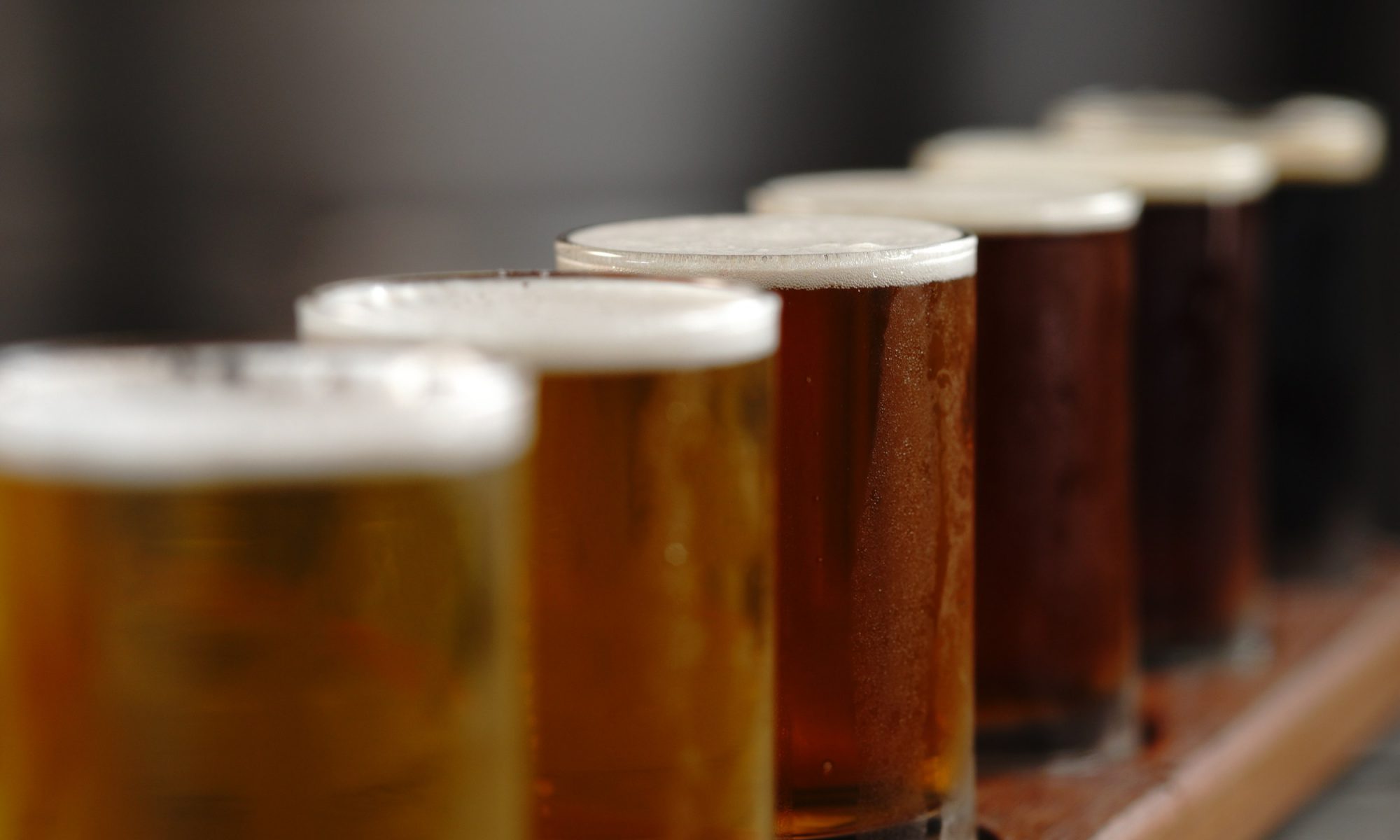This week is Manchester Beer and Cider Festival week and Brass Castle have many of their beers on tap there. It was too good an opportunity to pass up and we bottled a half to take home. Now Pen and do a direct comparison of our version with theirs. The most obvious difference right now is that ours isn’t anywhere near as Hazelnutty. Pen thinks she’d probably prefer less of the nut flavour. We’re gradually increasing, 0.5ml at a time, the extract addition to our brew. We’ll see where we stop.
BX030 – Ruud Kow v2
The second brew of the weekend was another attempt at Rich’s Ruud Kow. The first version is still sat in the cellar in a plastic barrel letting the Brett do its job. In another year it’ll be ready for its next adventure.
The reason we’re doing another so soon is because we want to try blending in a few years time. A common approach is to take three Flanders Reds of different ages and then blend them in desirable ways. This is the second of the three.
Originally it was going to be completely identical to the first but circumstances dictates a diversion. Due to a mistake with our Malt Stock spreadsheet we were short 400g of Vienna malt. We tried to source it from Steve but he didn’t have any. In the end we substituted with 500g of Mild malt, which we had in for the Hazelnut Mild.
As with the Hazelnut Mild, efficiency was up a little. We were aiming for 70% efficiency but finished up with about 74% (translates to about 86% brewhouse efficiency).
BX029 – Hazelnut Mild
Another double brewing weekend has just passed. Thus we have a Hazelnut Mild fermenting away in our utility room. All went according to plan. Last Thursday we made a starter from the WLP013 London Ale yeast in our new 2L Erlenmeyer flask. We’ve got a cheap stir plate and a selection of stir bars. It whirred away for 24 hours and then spent a night in the fridge to settle out.
On Friday we weighed everything out. At 7.30 on Saturday morning the HLT went on and we were finished by 14.00. The process was the same as usual. There were some small changes: the malts used were mostly new to use and we use our new “hop spider” to keep the hops from clogging up the filter in the boil kettle. It worked well. No problems with the draining and we were able to squeeze more liquid out than usual.
The main thing to note is that our efficiency shot up. Normally we work to 63% of sugar content (which is 75% of 85% – 85% being the accepted maximum extraction and 75% being typical brewhouse efficiency). Due to improvements I’d increased this to 65% for this brew. Afterward we calculated the efficiency to be over 81%. There are many possible reasons for this.
- The extraction values for the malts used were wrong and low.
- Our water/malt ratio is 4:1, which is high and is supposed to give higher extraction.
- Less loss due to the hop spider.
- Our measurements were wrong.
81% translates to a brewhouse efficiency of 98%. *shrugs*
BX028
The lager is in the cellar finishining its fermentation. Two weeks of 14C and a slow fermenting yeast. There have been some strong H2S smells coming from it. Now it appears to have finished. It’ll be tested and put in a corny keg over the weekend. After 4-6 weeks in the garage we’ll have a better idea how it’ll come out.
It’s looking a lot darker than we expected. It had a long (90m) boil with the top open so maybe it caramelised a bit.
BX027
All went according to plan, except that we finished up with more than expected. The boiling didn’t evaporate enough water so we had 700ml extra. Fortunately the efficiency was higher so the OG was as expected. The FG was actually a fair bit lower. I guess the WLP002 did much better than expected (normally 63-70%, actual 79%). Maybe the small starter helped.
Currently it’s being forcibly carbonated. Not sure when Pen will test it as she’s trying Dry January.
